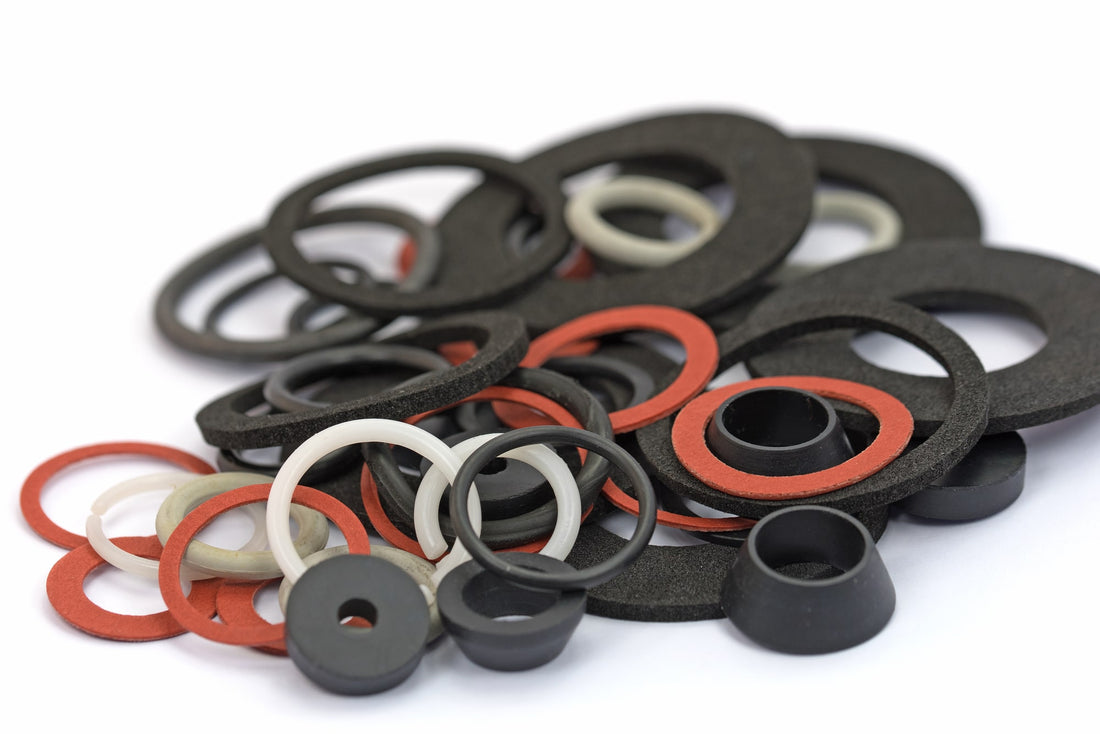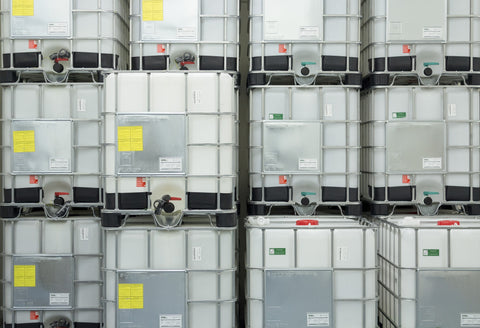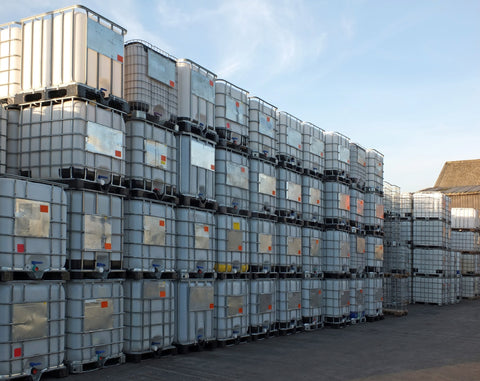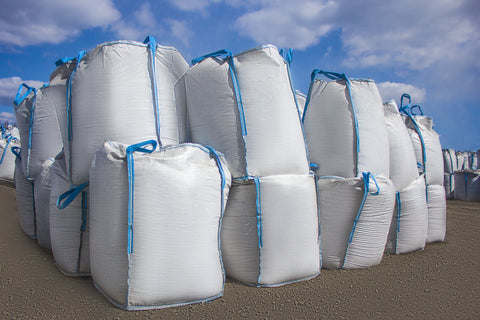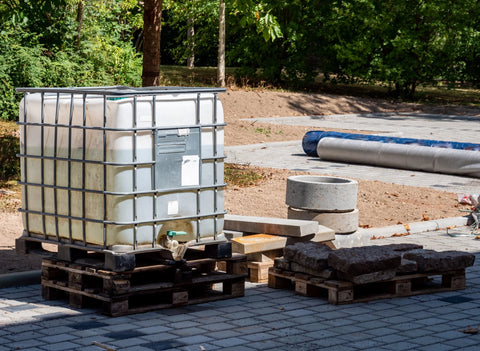Tell me the difference between EPDM and PTFE
There are many options available when it comes to IBC gaskets. In this blog post, we'll be comparing two of the most popular materials used in IBC gaskets - PTFE and EPDM. We'll go over the pros and cons of each material to help you decide which one is best for your application. When choosing between these two materials for which is best for your IBC gaskets, it will mostly be dependent upon what is going into your IBC in the first place. So let's dig into the concept of PTFE vs. EPDM.
Both EPDM membranes and PTFE membranes are types of plastics, but they have different properties. EPDM is more elastic than PTFE, which can stretch more before breaking. PTFE is more resistant to chemicals and heat than EPDM. These properties mean that PTFE is better suited for use in food packaging as it will not react with the contents of the package or introduce harmful chemicals into them. EPDM is more suitable for insulating cables, as its elasticity allows it to withstand stretching and bending without breaking apart. Both materials are used in a variety of applications, however.
What are PTFE membranes?
PTFE (Polytetrafluoroethylene) is a synthetic fluoropolymer of tetrafluoroethylene. It is a white solid with a waxy texture that is resistant to both strong acids and bases, as well as organic solvents. PTFE membranes have a very low coefficient of friction and are one of the most slippery substances in existence. It is often used as a gasket material due to its resistance to compression set. PTFE material has a high-level chemical resistance.
It's an electro-thermal polymer. This product is made of synthetic florin-containing polymer known for being highly resilient and having excellent self-lubricating properties. PTFE is an industry-standard that has many famous non-stick materials. PTFE possesses incredibly low elasticity. Its non-stick properties can even be helpful in hospital equipment in preventing the aggregation of bacteria and minimizing the chance of hospital infections. The PTFE membrane is more dense in weight than EPDM membranes. This type of foil resists break-up and is harder for penetrability. This is also why PTFE gaskets can be so efficient.
PROS:
- Resistant to almost all chemicals
- Low coefficient of friction
- Excellent resistance to compression set
- No cold flow
- Wide temperature range (-100°F to 500°F)
CONS:
- Not UV resistant
- High initial cost
- Difficult to bond
How do PTFE membranes work?
Membranes are an important part of many industrial and laboratory processes, but what do they actually do? Membranes are often seen as mysterious and complex devices, but they actually work quite simply. PTFE membranes allow molecules to pass through them while blocking other molecules. They can be used for various purposes, such as filtering out pollutants from water or gas or separating different types of molecules in a chemical reaction.
What are EPDM membranes?
EPDM rubber (ethylene propylene diene monomer) is a synthetic rubber that offers good resistance to ozone, sunlight, and heat. It is resistant to ketones, alcohols, dilute acids, and glycol ethers. EPDM membranes also have good electrical insulation properties and low water absorption. Ozone resistance makes it an ideal choice for outdoor applications. The M in EPDM stands for “monomer,” indicating that it comprises only one type of repeating unit in its molecular structure. Unlike other types of rubber, no additives are necessary to vulcanize EPDM rubber. Common applications for EPDM rubber include seals and gaskets, hoses, diaphragms, electrical insulation, automotive parts, and tubing.
PROS:
- Good resistance to ozone, sunlight, and heat
- Excellent resistance to ketones, alcohols, dilute acids, and glycol ethers
- Ozone resistance
- No additives are necessary for vulcanization.
CONS:
- Not resistant to petroleum products
- Low abrasion resistance
- Poor adhesion properties
How do EPDM membranes work?
EPDM membranes work by overlapping an aerated diffuser producing tiny bubbles through recessed areas of the membrane. These orifices can easily expand and form a bubble before constricting so as not to impede water back-flow, as EPDM is quite thin and elastic - hence the flexibility.
Is PTFE better than EPDM?
PTFE vs. EPDM, which option is a better sealing material? PTFE membranes can reduce membrane fouling frequency and reduce cleaning time compared to EPDM membranes. PTFE's non-stick properties inhibit the accumulation of organic material on the surface. Both can work as sealing material for IBC totes and tanks, just depending on your applications.
Both EPDM and PTFE membranes have their pros and cons depending on the application. If you need a gasket that will resist almost all chemicals with a wide temperature range, then PTFE is the way to go. However, if you're looking for an outdoor application with good UV resistance, then EPDM would be the better option. If you have more questions, you can reach out to our amazing customer Service team before making your final decision on which material is best for your application.


